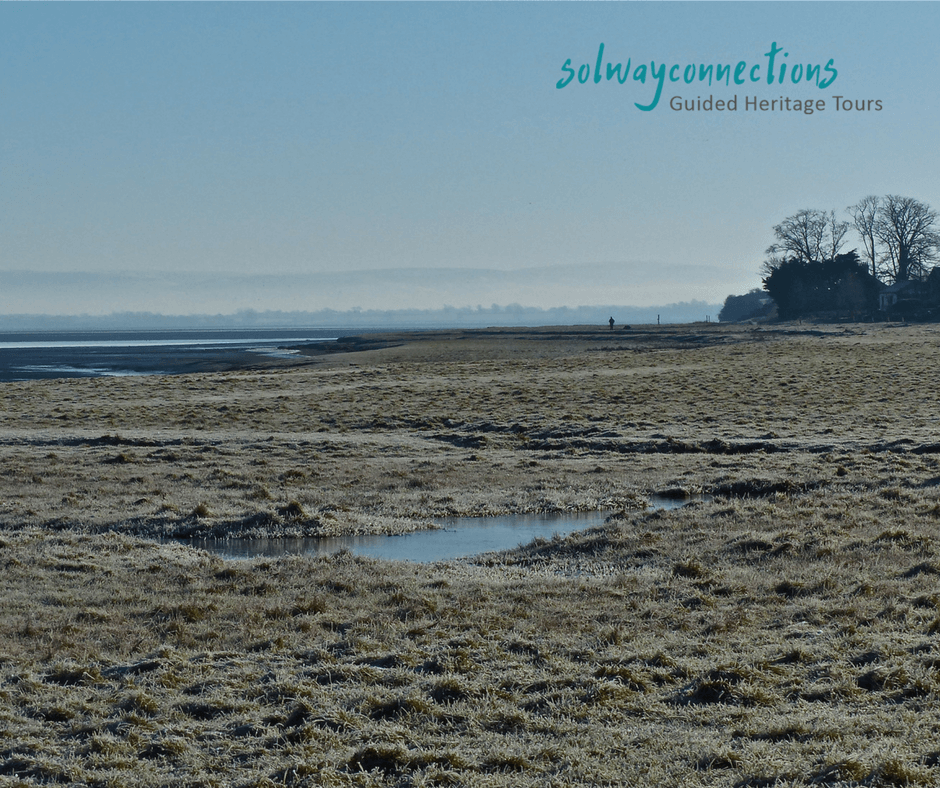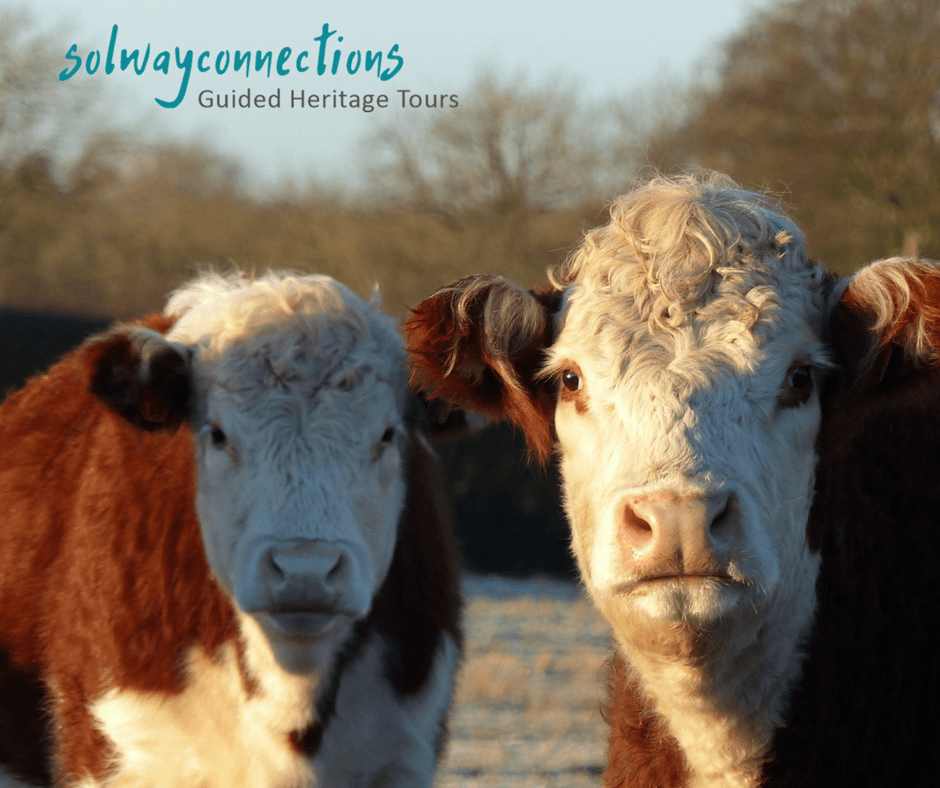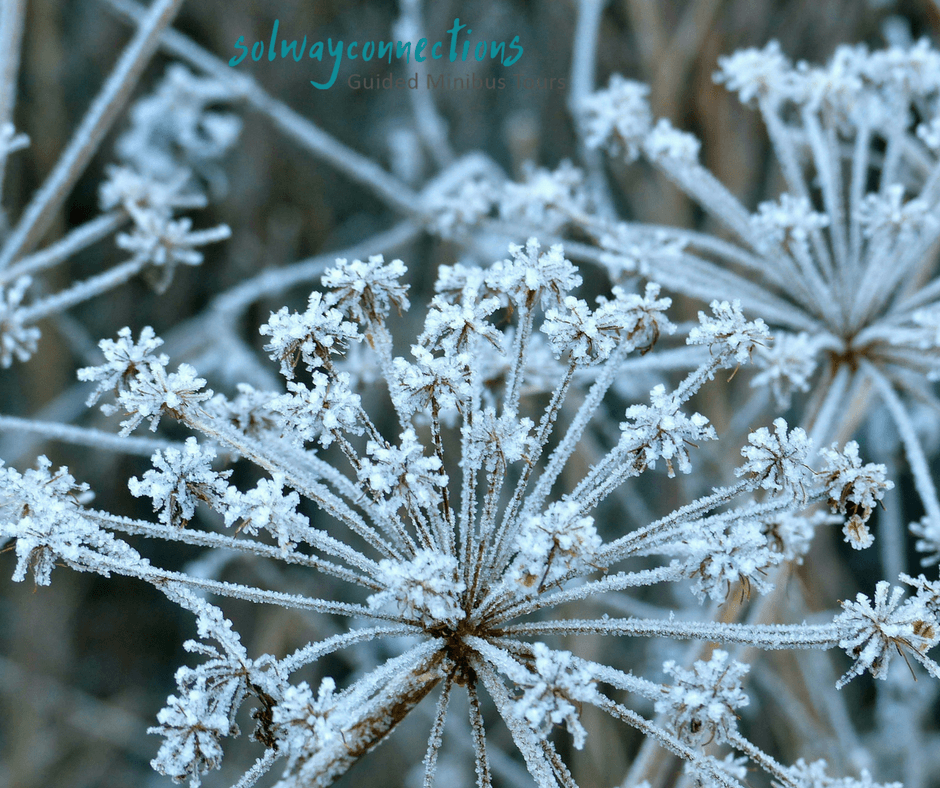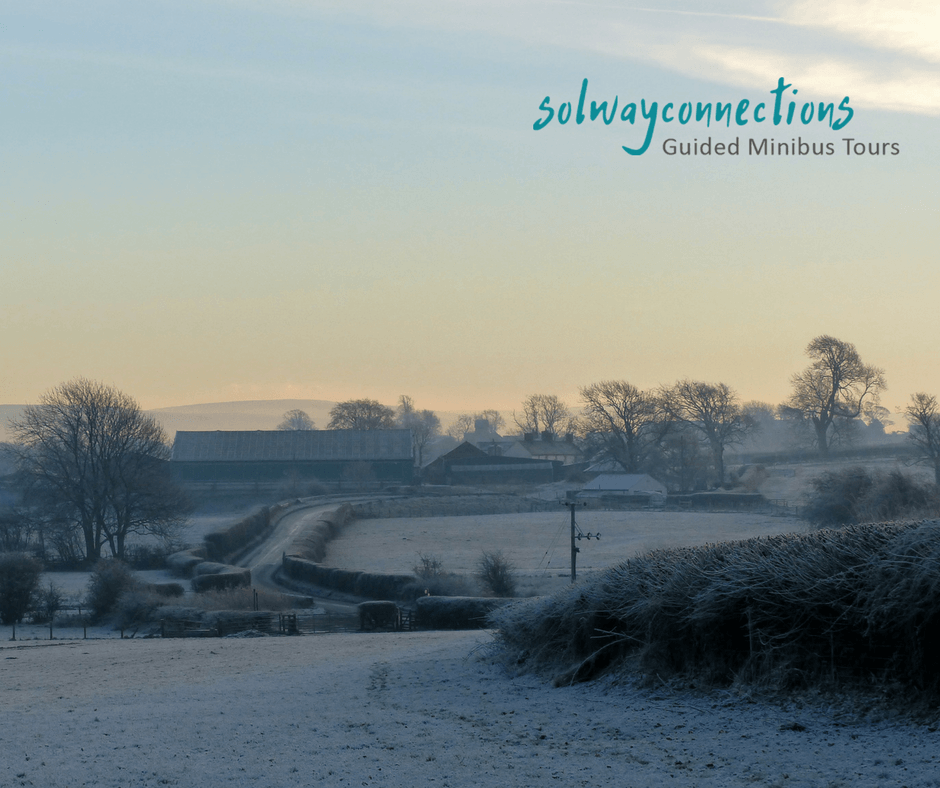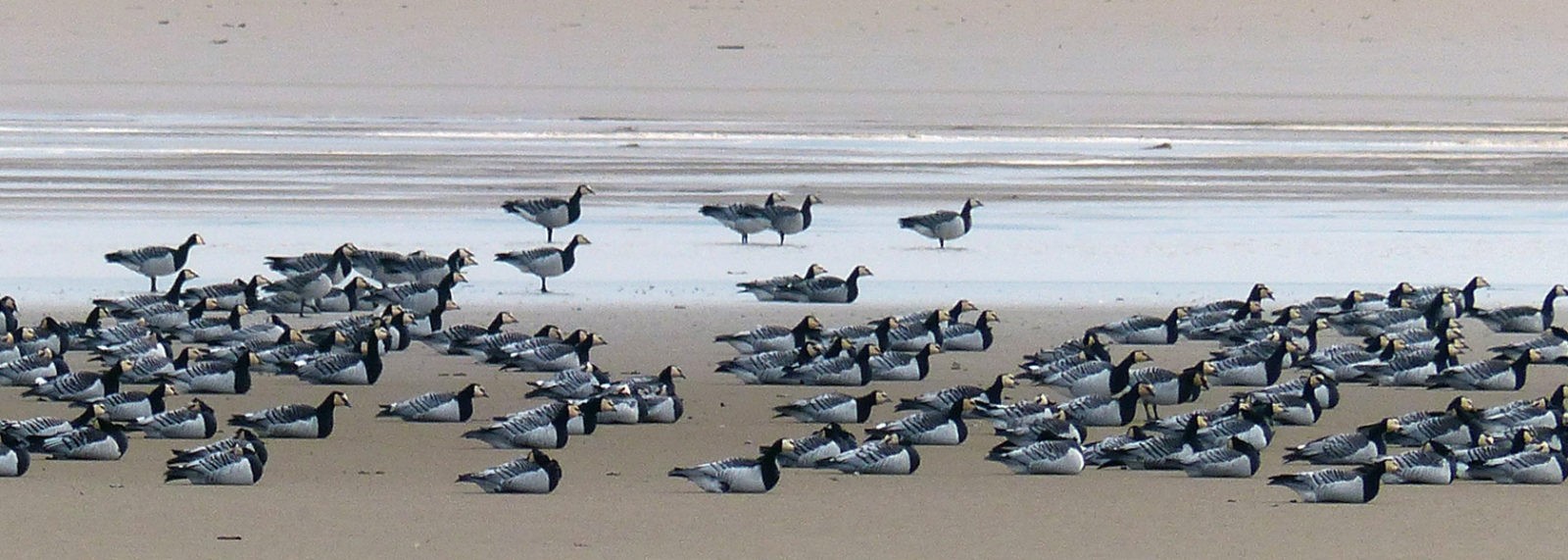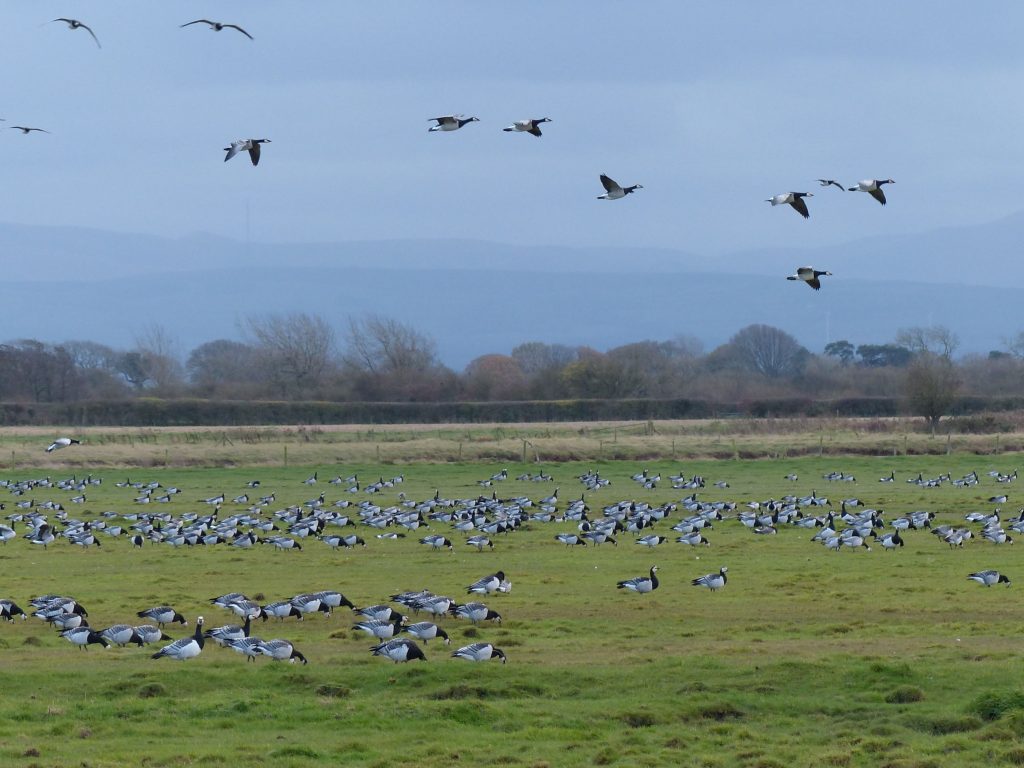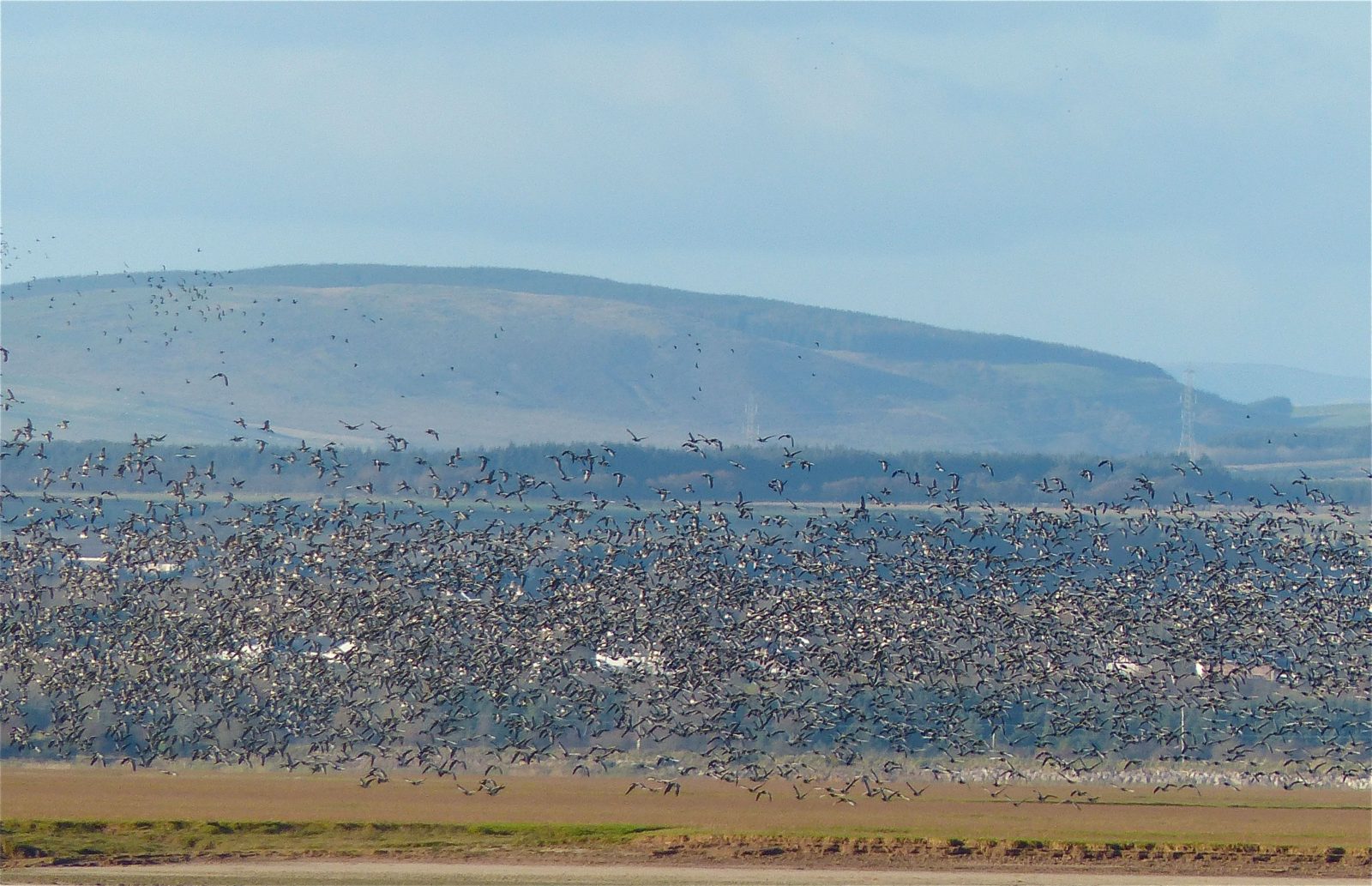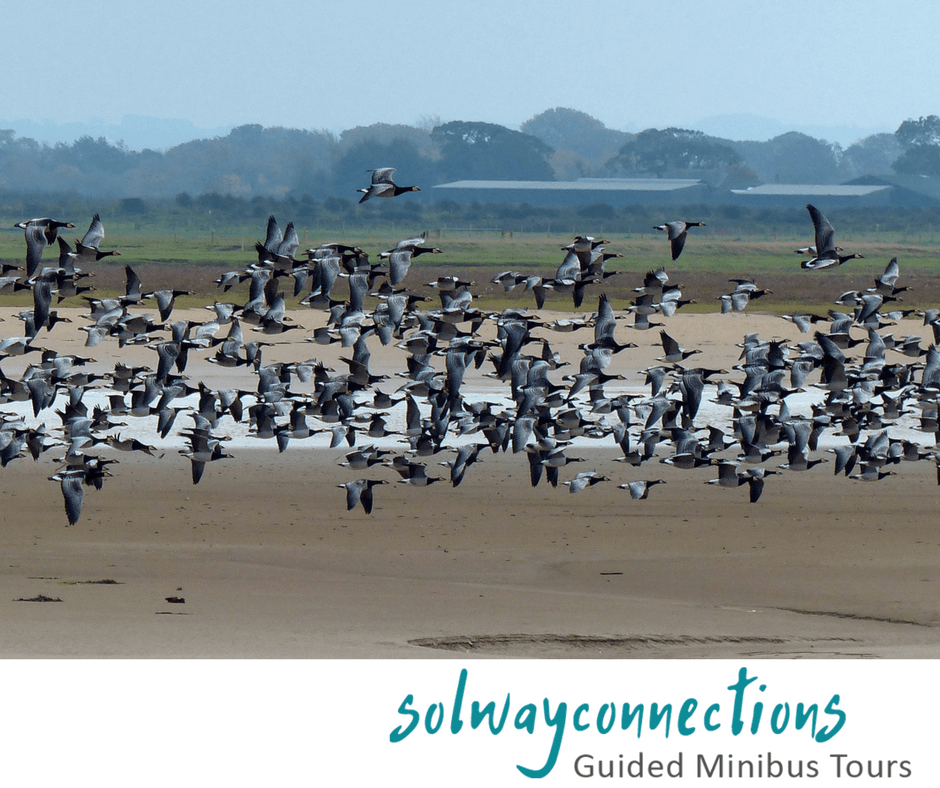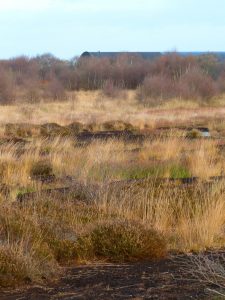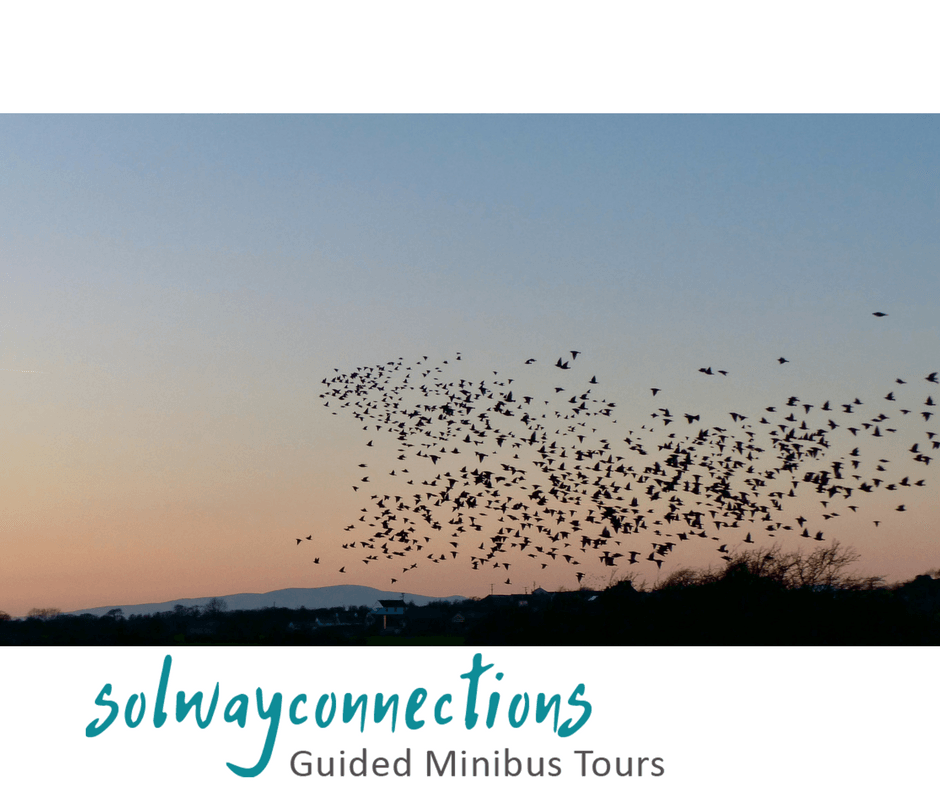Heritage sites around both the Scottish and the English sides of the Solway coast have significant links to Robert the Bruce and Edward I. One such site in Cumbria is the abbey in the photograph below. This is where the father of Robert the Bruce, the Earl of Carrick, was buried and which in later years was also raided by his son ‘The Bruce’.
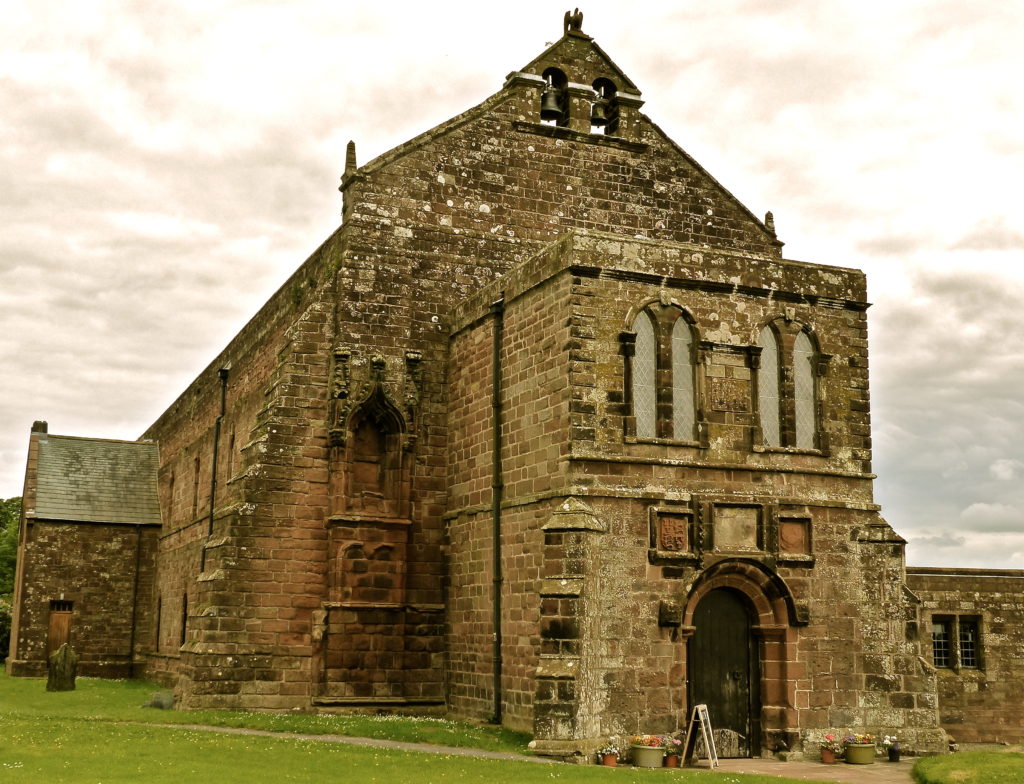
The abbey where the father of Robert the Bruce is buried
Edward I was not buried at the site of his death as shown in the new Netflix film Outlaw King. His body was taken to the nearest church, which was in Cumbria, and there lay in state until the arrival of his son Edward II, who then took the remains of his father to Westminster for a royal funeral.
You can experience these places and learn more about their connections with Robert the Bruce and Edward I by booking a Secret Solway guided tour. To find out more about Secret Solway tours email info@solwayconnections.co.uk or phone (+44)07494489901. www.solwayconnections.co.uk

